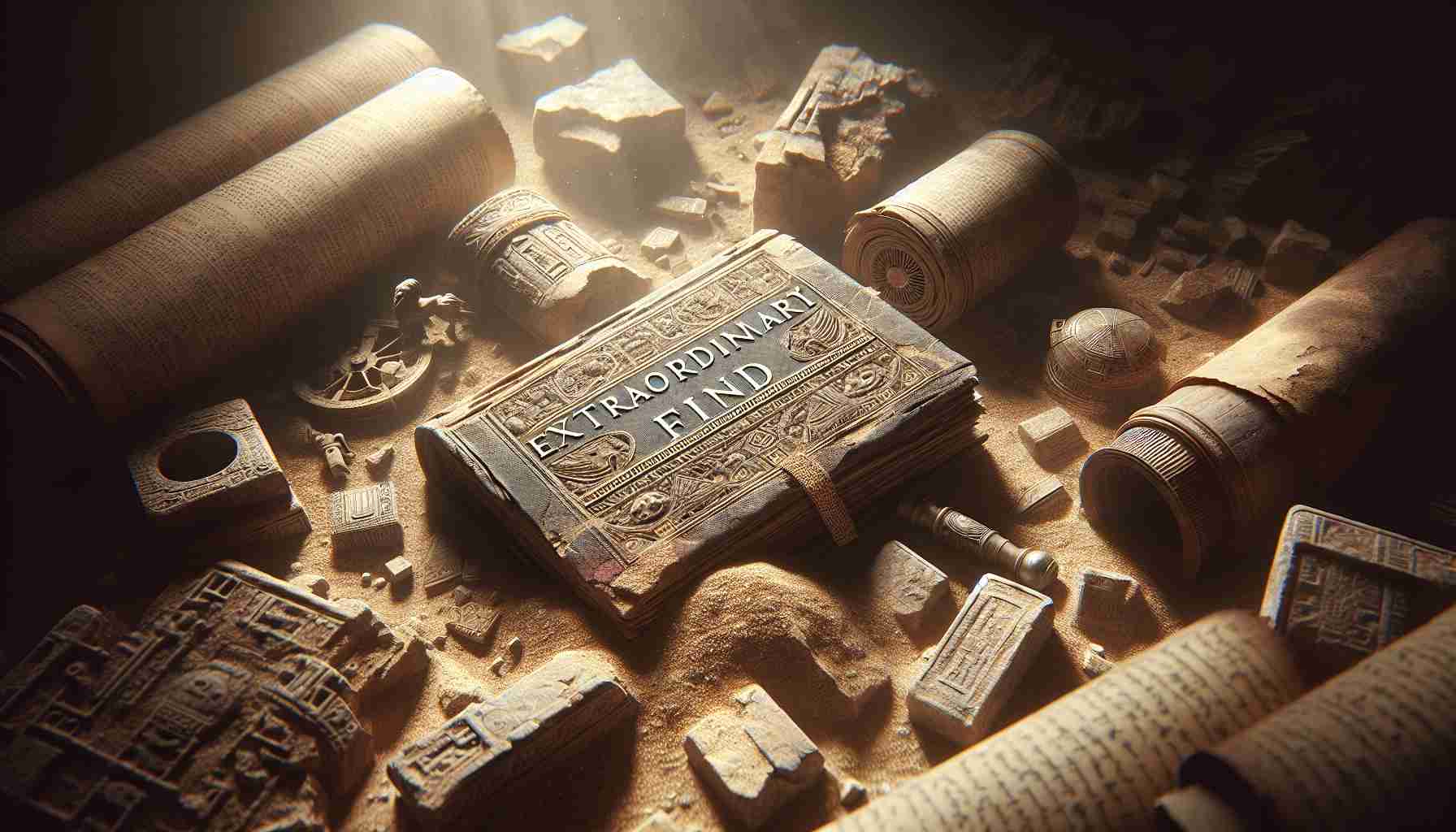Unveiling Lost Treasures from the Past
Recently, archaeologists made a groundbreaking discovery that sheds light on the mysteries of ancient civilizations. This finding, uncovered beneath layers of sediment in a remote area, includes artifacts that date back thousands of years, offering insights into the lives of our ancestors.
Among the recovered items are intricately designed pottery and tools that reveal advanced craftsmanship. Experts believe these artifacts could change our understanding of the social and economic structures of the time. The age and condition of the items suggest that they were part of a flourishing community known for its rich culture and trade networks.
The team of researchers described the excitement surrounding the excavation, emphasizing that such rare discoveries are pivotal for historical scholarship. They pointed out that these findings not only enrich our knowledge but also highlight the sophisticated nature of ancient societies, challenging long-held beliefs about their capabilities.
The research is still ongoing, as the implications of these artifacts continue to unfold. Scholars anticipate further analysis will provide a clearer picture of how these communities interacted with one another, as well as their influence on subsequent civilizations.
This monumental discovery is a reminder of how much there is yet to learn about our history and the remarkable achievements of those who came before us. As analysis progresses, we eagerly await more revelations from this ancient treasure trove.
Ancient Discoveries: What They Mean for Our Understanding of Human History
Unveiling the Insights Behind Recent Archaeological Finds
In an era where technology often overshadows historical narratives, recent archaeological discoveries are changing the game, uncovering lost treasures and reshaping our understanding of ancient civilizations. Discoveries made in remote excavation sites have revealed artifacts like intricately designed pottery and advanced tools, dating back thousands of years. These findings provide significant insights into the lives, trade networks, and cultural practices of our ancestors.
Features of the Artifacts Discovered
1. Pottery: The discovered pottery features unique designs that may indicate the artistic and societal trends of the time. Such artifacts allow researchers to trace stylistic developments across regions and time periods.
2. Tools: The advanced tools reveal not only the technological prowess of these ancient communities but also their adaptation to their environments. Studies of wear patterns on these tools can provide information on the daily lives of the people who used them.
3. Trade Indicators: Many of the artifacts suggest the presence of trade networks, allowing archaeologists to infer relationships between distant communities. This interconnectedness challenges the view of isolated ancient societies.
Pros and Cons of Archaeological Discoveries
Pros:
– Enhances our understanding of ancient civilizations’ complexity.
– Provides tangible evidence of human innovation and cultural interchange.
– Aids in preserving history and fostering educational opportunities.
Cons:
– Artifact preservation can be challenging, and improper handling may lead to deterioration.
– The process of excavation can be controversial, with debates over land ownership and the ethical implications of removing artifacts from their original context.
Current Research Trends
As analysis continues, scholars are focused on using advanced technologies like 3D scanning and chemical residue analysis to extract more information from the findings. These innovations are crucial for understanding the social structures and economic activities of ancient peoples.
Use Cases of Archaeological Findings
– Education: These discoveries can be used as teaching tools in classrooms, offering a tangible connection to history.
– Tourism: Archaeological sites often become focal points for cultural tourism, boosting local economies while promoting heritage conservation.
– Cultural Preservation: They help in the identification and protection of culturally significant sites.
Limitations and Challenges
Despite the excitement surrounding such finds, challenges remain. The preservation and interpretation of artifacts can lead to conflicts in perspectives among historians, archaeologists, and indigenous communities. Ongoing debates about the ownership of cultural artifacts also continue to emerge in the international arena.
Common FAQs about Archaeological Discoveries
Q1: Why are ancient artifacts important?
A1: Ancient artifacts provide essential information about the daily lives, cultures, and economies of historical civilizations.
Q2: How do archaeologists determine the age of artifacts?
A2: Techniques such as carbon dating and stratigraphy help establish the age of archaeological finds.
Q3: What is the significance of trade networks in ancient civilizations?
A3: Trade networks indicate cultural exchange, economic structures, and social interactions between different communities.
Market Analysis
As the field of archaeology adopts new technologies and methodologies, the market for archaeological studies and preservation is expanding. Investments in archaeological tourism and education are seeing upward trends, as communities and countries recognize the value of their historical heritage.
Conclusion
The recent archaeological discoveries not only elevate our understanding of past civilizations but also serve as a reminder of the intricate tapestry of human history. The excitement generated by these findings inspires ongoing research, urging us to question and appreciate the complexities of ancient societies. With each artifact uncovered, we are one step closer to revealing the remarkable achievements of those who came before us. For more insights and resources, visit Archaeology.org.
